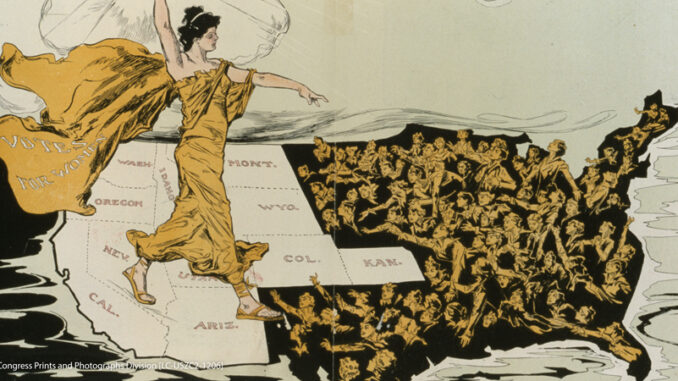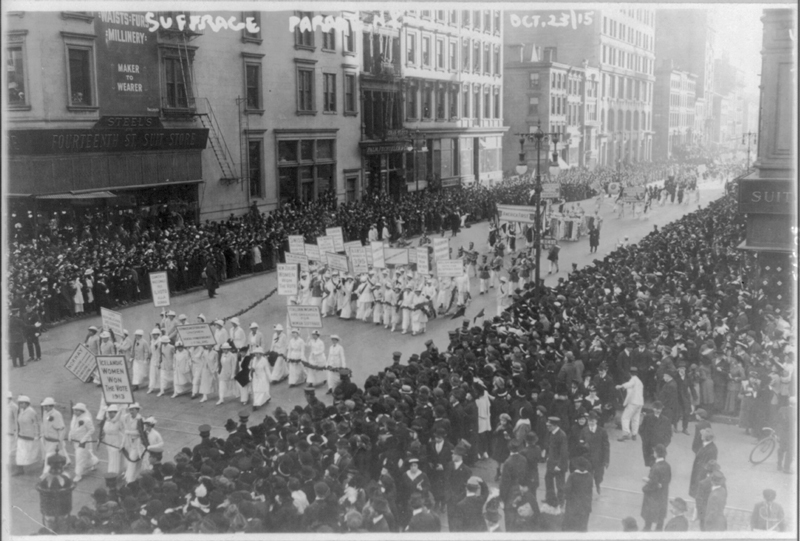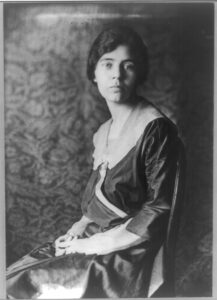

Credit: Library of Congress, Prints and Photographs Division (LC-USZ62-50393)
Did you know that March was National Women’s History Month? In 1987, Congress designated every March as an annual recognition of women’s history and achievements. Now, a new exhibit at the Smithsonian’s National Portrait Gallery seeks to showcase and honor women’s contributions throughout history, especially those of women who have not traditionally been recognized, such as women of color. Here, btw takes a closer look at this important exhibit.
What Is It?
The exhibit is called “Votes for Women: A Portrait of Persistence,” and will run from March 29, 2019, to January 5, 2020. It divides the more than eighty-year battle for woman suffrage into several distinct eras, while also providing portraits and biographies of many of the movement’s most important leaders. At the same time, it focuses on the racial divisions that existed (and in many ways continue to exist) within the larger movement itself.
Hidden Voices
We often think of early suffragists as fighting for the rights of all women to vote, but that wasn’t necessarily the case. In fact, the woman suffrage movement was often deeply divided along racial lines. In 1870, the movement split into two factions. The first, called the American Woman Suffrage Association (AWSA) and led by Lucy Stone, favored universal suffrage–meaning that they believed that everyone should have the right to vote. The second group was called the National Woman Suffrage Association (NWSA). It was led by Susan B. Anthony and Elizabeth Cady Stanton, and focused more on winning the vote exclusively for white women.

Credit: Library of Congress Prints and Photographs Division [LC-USZ62-37937]
Why Now?
Not only is March National Women’s History Month, but the centennial (hundred-year anniversary) of the Nineteenth Amendment–which gave women the right to vote – is coming up in 2020. Only a hundred years after gaining the right to vote, women now serve in the U.S. government in record numbers: 120 in the current Congress. But as the Smithsonian exhibit reminds us, there is still a long way to go.
